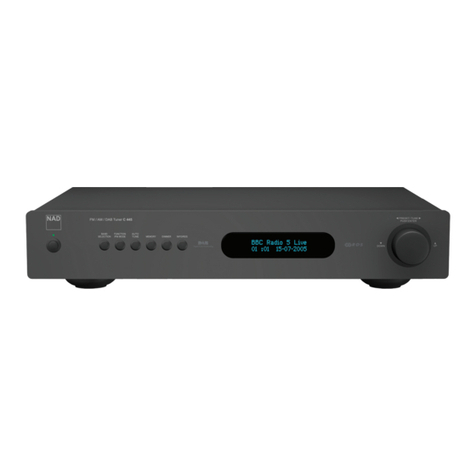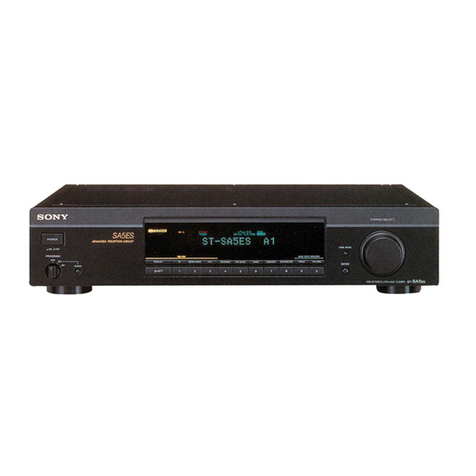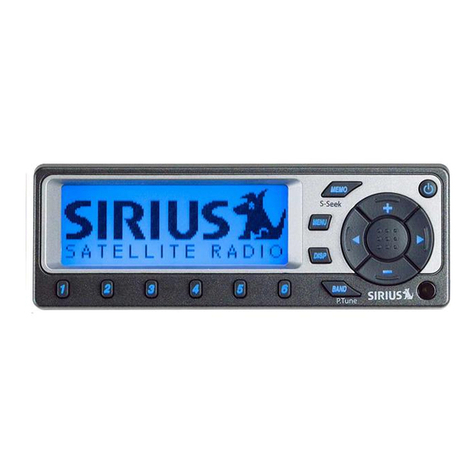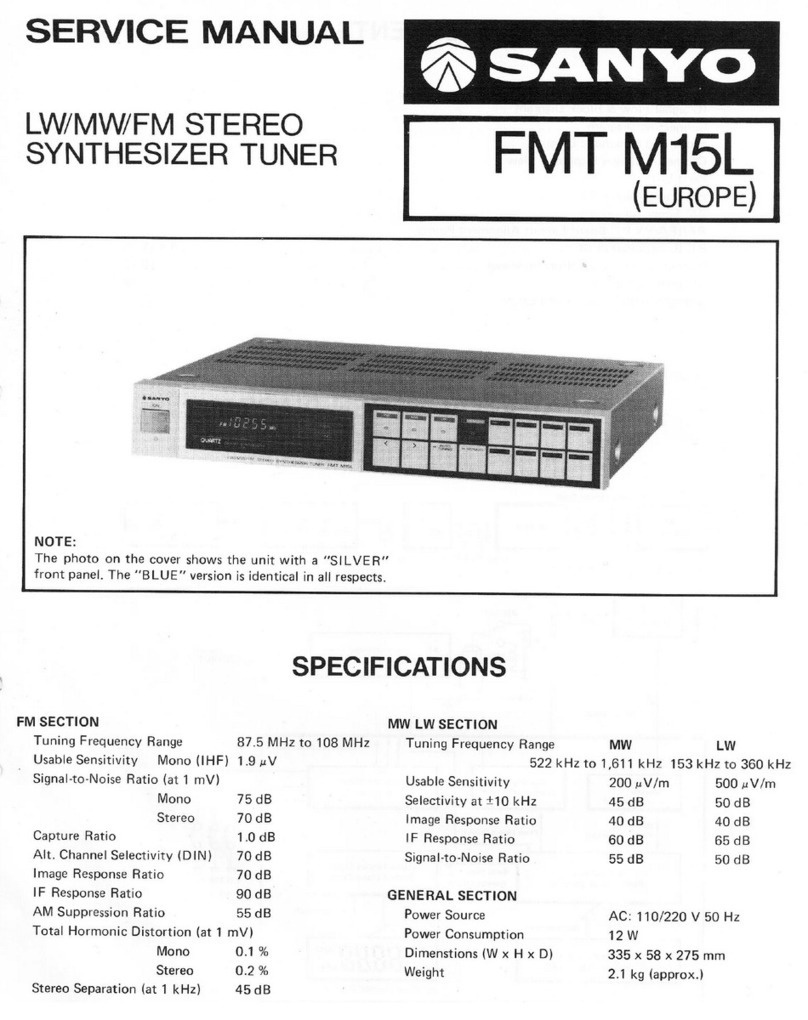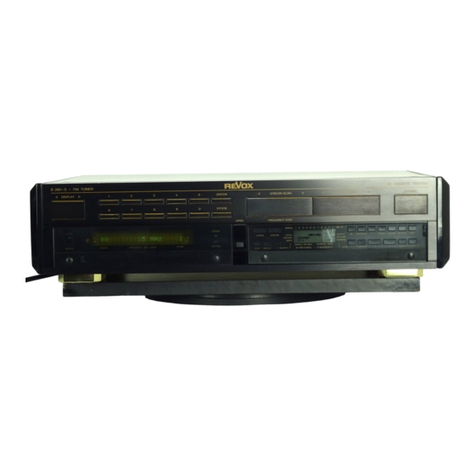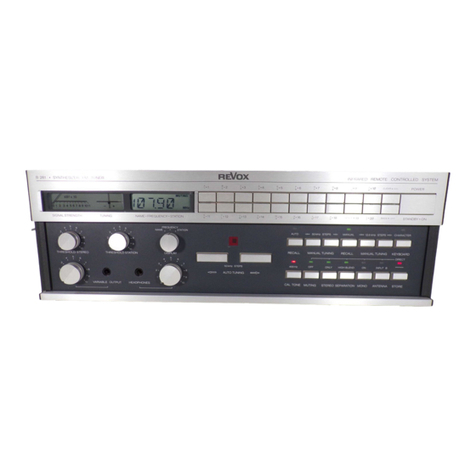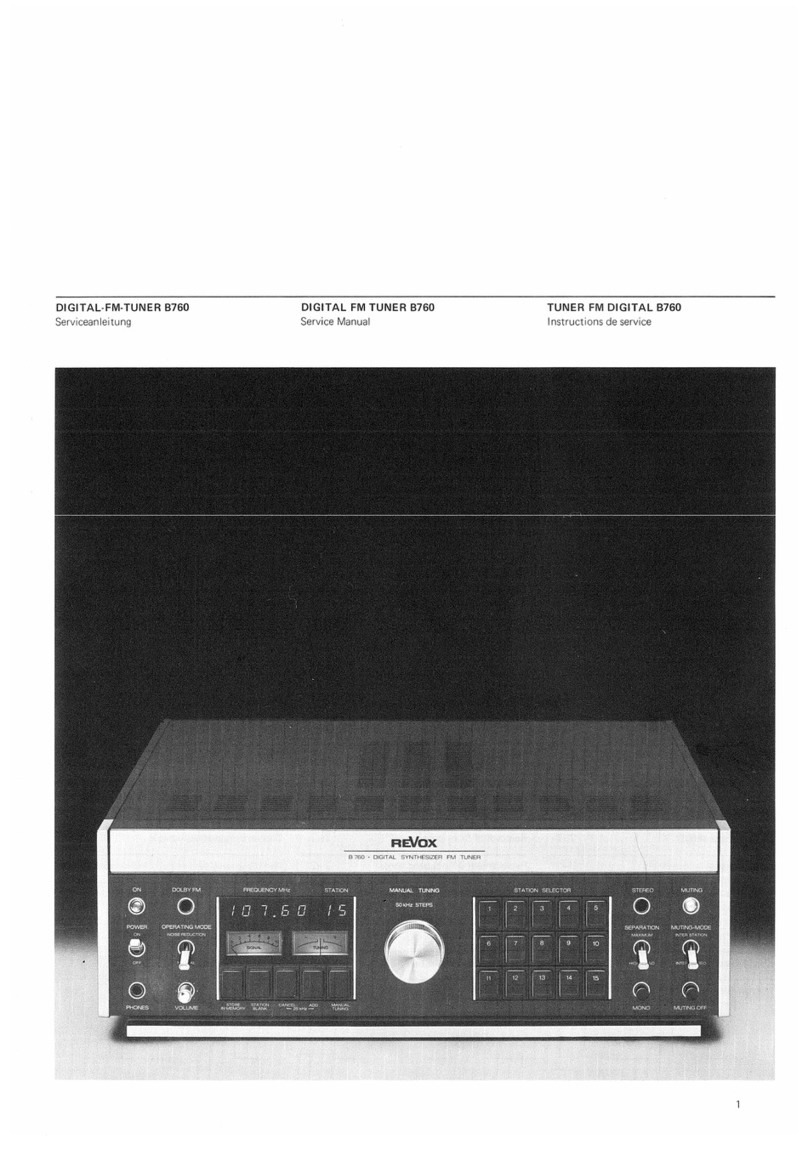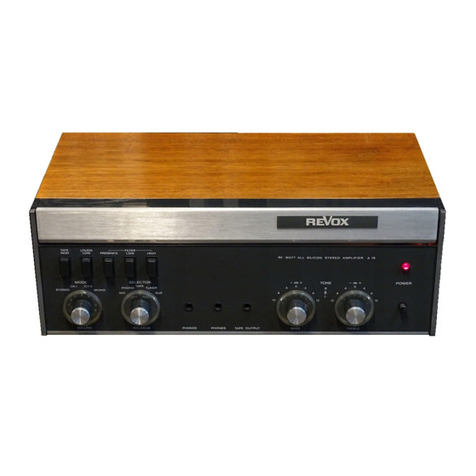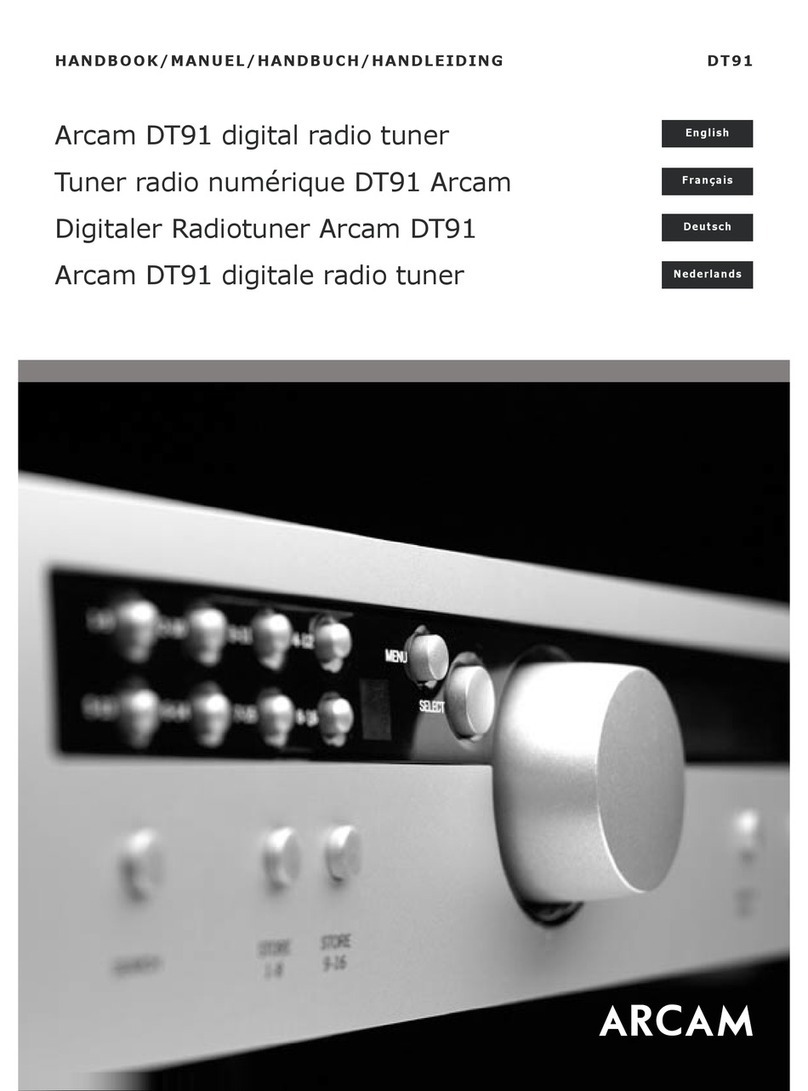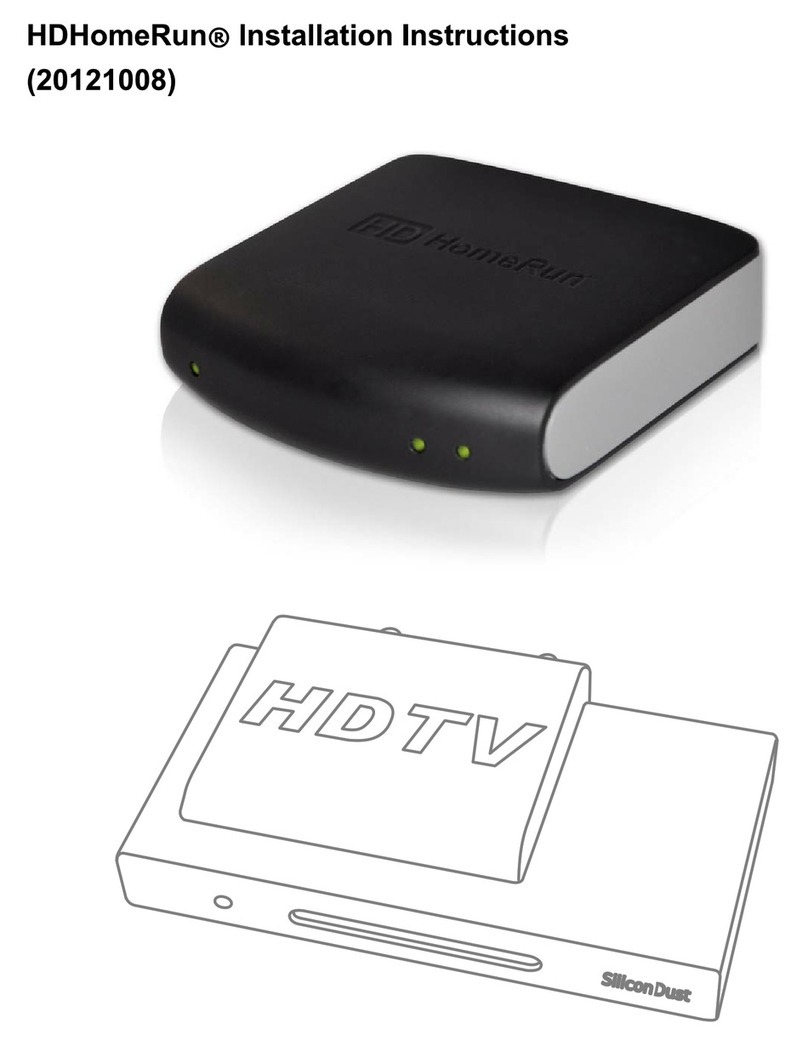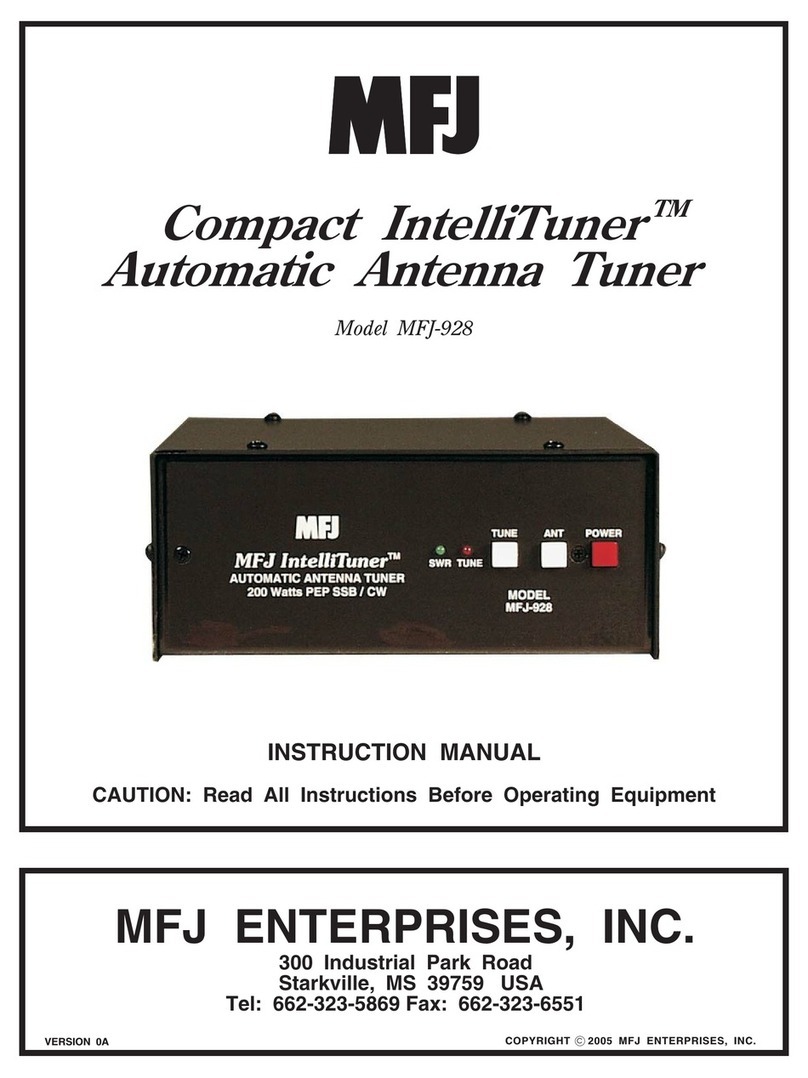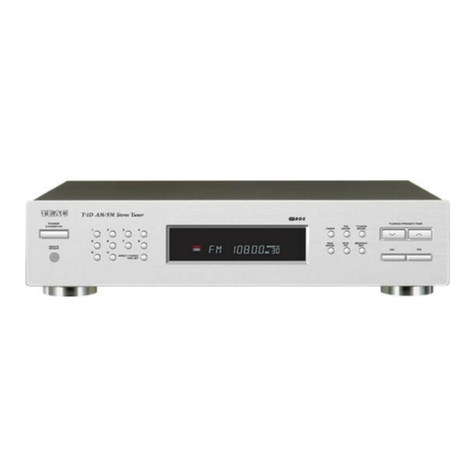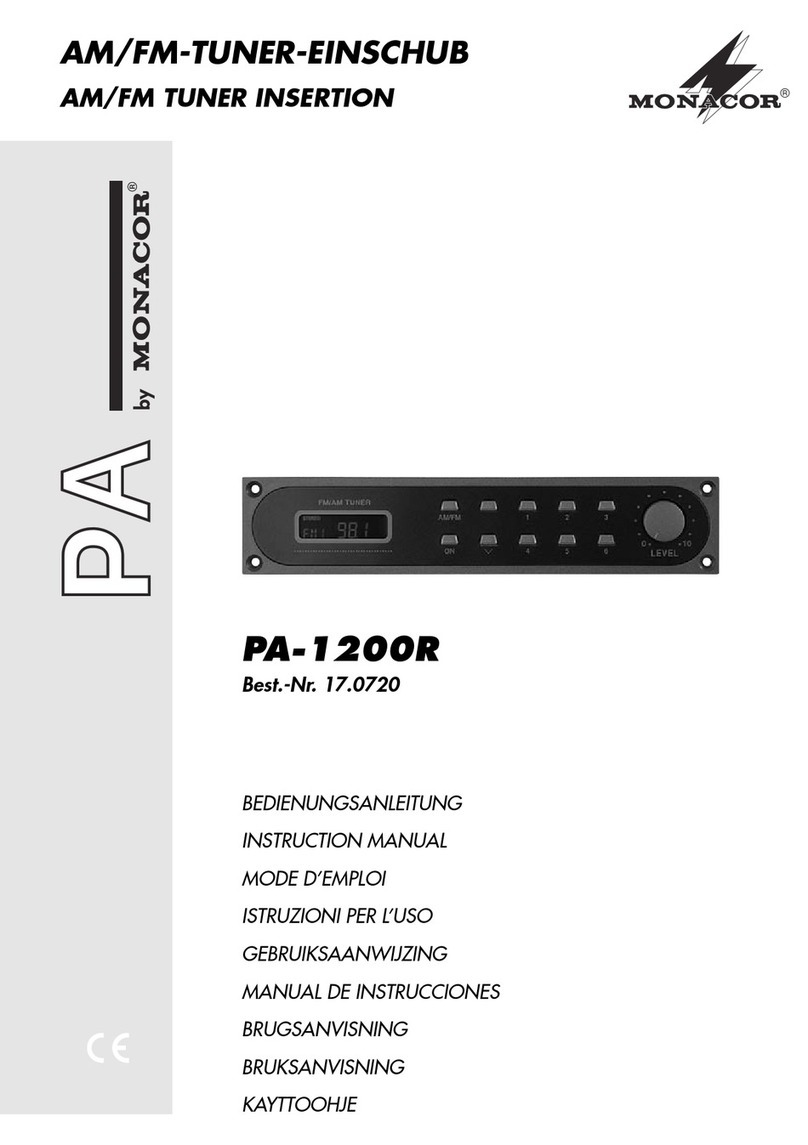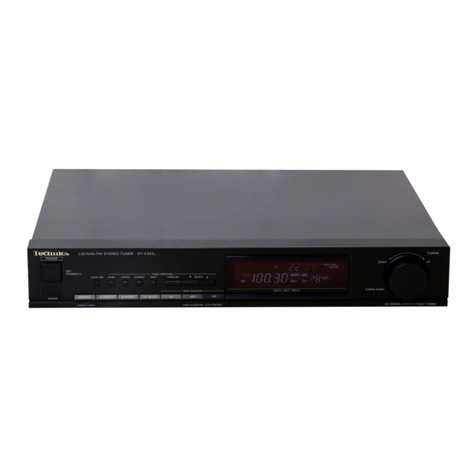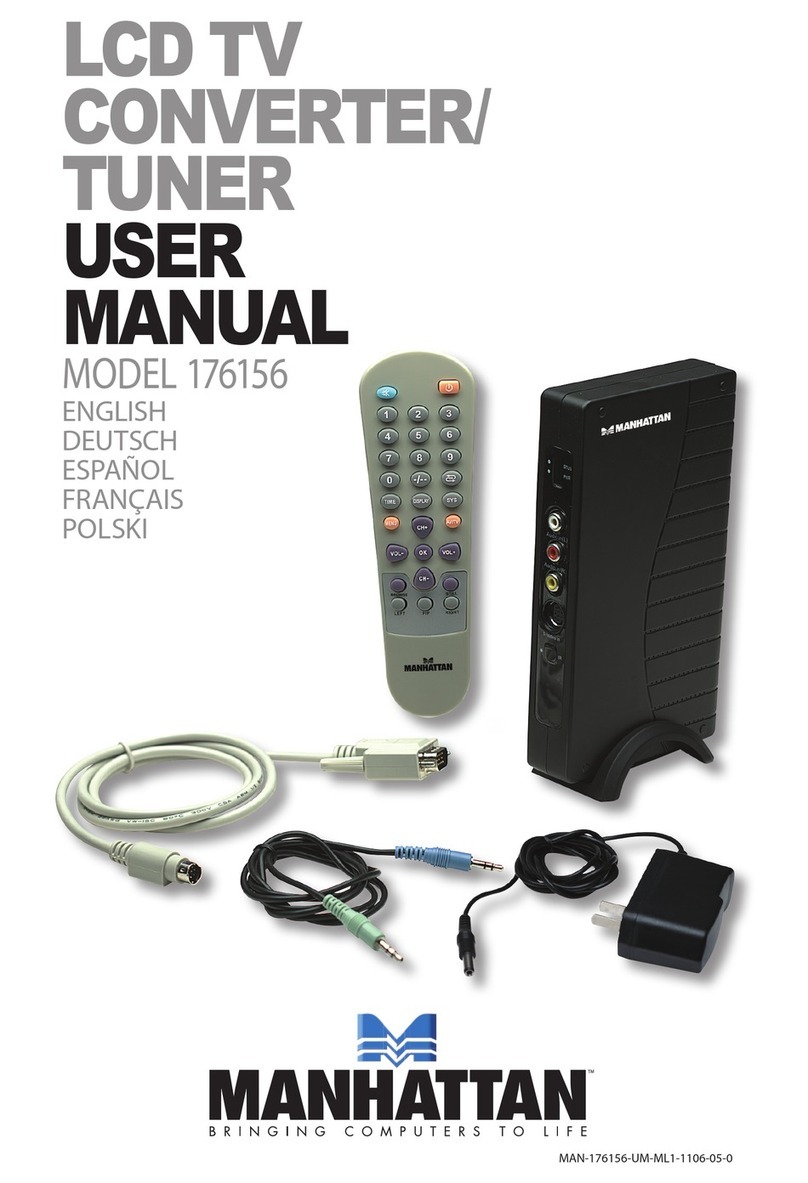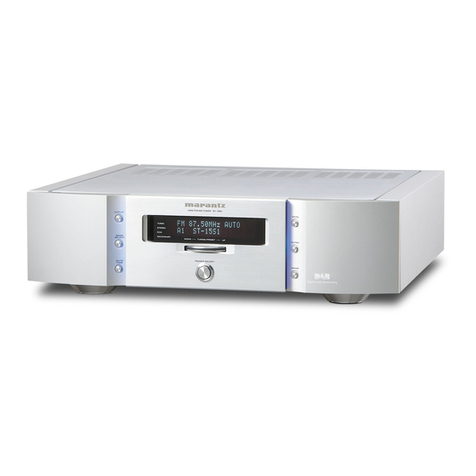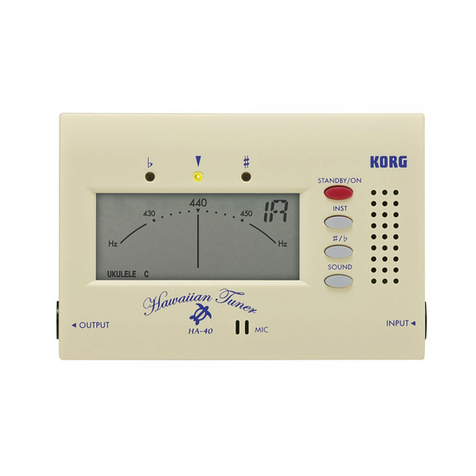T(fis)
Fig. 3.4-1
amplifier Q405 and Q406 produces a76 kHz frequency
which, after pulse shaping, passes IC401 operated as a fre-
quency divider at the ratio of 1:2:4. The resulting 38 kHz
(subcarrier) is then used to operate the switching demodula-
tor. The 19 kHz signal from the frequency divider is fed to
the phase comparator Q403/Q404 where it is compared with
the pilot-frequency arriving from the bandpass L401/
L402.
The 15 Hz low-pass filter formed by R409, C408, R410
prevents any interference components in the pilot signal
from reaching the varicap diodes D402 in the 76 kHz oscilla-
tor. This arrangement operates in the manner of anarrow
pilot frequency bandpass with a±15 Hz bandwidth. The bias
voltage for the varicap-diodes is obtained from the Zener-
diode D401.
3.7.
Mulitplex decoder 1.076.220
(schematic E)
The Multiplex-Decoder operates on the switching principle.
Separation of the multiplexed signal takes place in the low-
pass network R508, C504, R509 for the main channel and
in the 38 kHz bandpass L501, C501, R502 for the sub-carrier
or difference channel. Amplification of the sub-carrier takes
place in Q501 whereas Q503 and Q504 operate as the
switching demodulator.
The switching principle was selected because in contrast to
envelope-detection it transposes only those frequencies in
the audible range which are uneven multiples of the sub-
carrier. Thus the lowest critical interference frequencies
occur around 114 kHz and they are effectively suppressed
by the 114 kHz filter L505 -C518 and the 38 kHz band-
pass in the difference channel.
Across the load resistors R518/R519 the signals L-R and
—(L-R )are being formed, with the main signal appearing
in phase across those load resistors. Any residual compo-
nents are suppressed by the in-phase operation of the differen-
tial amplifier Q505 and Q506, which works at the same
time as the matrix by forming the Land Rsignals from the
difference channel and from the main channel, which arrives
from the Q502 amplifier.
8
7
6X
/5\
200 100 kHz UK) 2CK)
1pV 2510 20 50 100 2(K} 5(K) 1mV 25 10
Vanteon
Fig. 3.4-3
Alow pass 15 kHz filter to suppress multiplex residuals is
situated between the impedance matching stages Q507/Q508
and the matrix output. The audio level at the low impedance
outputs is adjustable from 50 mV to 1V, referenced to an
FM deviation of 75 kHz.
3.8.
Indicator circuits 1.076.200
(schematic F)
This portion of the tuner contains the auxiliary circuits for
tuning indication and for various automatic functions.
The IF-signal arriving from the fourth IF stage is amplified
by Q601 and then passed to anarrow band detector whose
small band-width produces the sensitive response of the
"CENTER TUNING" (44) meter.
As already mentioned in aprevious chapter, alevel depen-
dent current for signal strength indication is derived from
the first three IFstages and fed to the "SIGNALSTRENGTH"
meter after amplification in the Q602 amplifier.
The level dependent triggering circuit formed by Q604 and
Q605 delivers agating signal to the base of Q510 in the
stereo decoder for mono-stereo changeover and also biases
the last IF stage for noise squelch and silent tuning. By de-
pressing the button "TRIGGER LEVEL VARIATION" (48)
R702 in the collector leg of Q602, which normally provides
maximum sensitivity, is replaced by the potentiometer
"TRIGGER LEVEL" (39 ). This allows awide variation of
the triggering point with consequent muting even of rather
powerful stations. With the button "MUTING ON" (49
)
released, the triggering circuit will respond for automatic
mono-stereo changeover only.
In the multiplex decoder the circuit formed by 0510/051
1
and 0512 analyses whether or not the following conditions
are met for automatic changeover to stereo operation:
1. signal from the level dependent trigger (input base 0510)
2. presence of apilot signal. (This signal is derived from the
band-pass in the sub-carrier regenerating module. It is
amplified by 0509 and then rectified by the diode D502).
7
